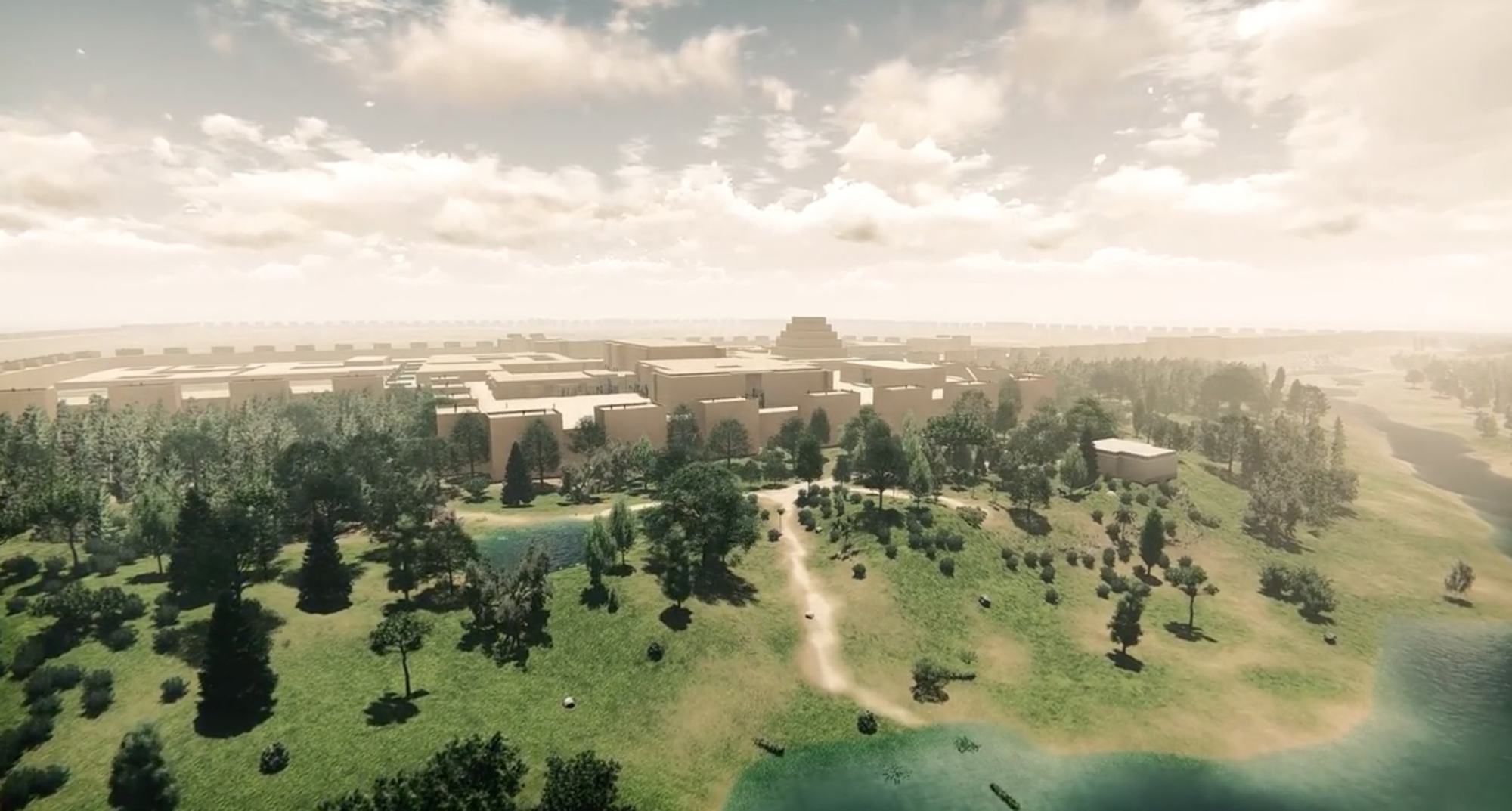
- Home
- Explore the site
- Genealogy of Sargon
Accession to the throne
Sargon II only rarely mentions his father, Tiglath-Phalazar III and, unlike his predecessors, almost never mentions his genealogy in his inscriptions. In late 722 BCE, after succeeding Salmanazar V, another son of Tiglath-Phalazar III, Sargon claimed Salmanazar had been deposed by the gods. He also had to face strong opposition at home, since although he was a member of the royal family, he was not the Crown Prince. He consequently deported 6,300 Assyrians in the first year of his reign.
A legitimate ruler?
These circumstances have prompted historians to see Sargon as a usurper and the founder of a new dynasty, the Sargonids. His name in Akkadian, Sharrukin, can be translated as "the king is true" and, according to this explanation, he chose it to support his claim to the throne. More recent research has shed a different light on the name Sharrukin, which may also mean ”the king [that is, Tiglath-Phalazar III] brought stability” .
A radical change in policy
There are several reasons why Sargon may have wished to mark a break with the reigns of previous kings - by founding a new capital, for example. By not mentioning his genealogy, he glorified his own reign, just as his son Sennacherib never mentioned Sargon in his inscriptions. Although Sargon may well have been the son of Tiglath-Phalazar III and at least the half-brother of Salmanazar V, he ushered in a new form of reign.

